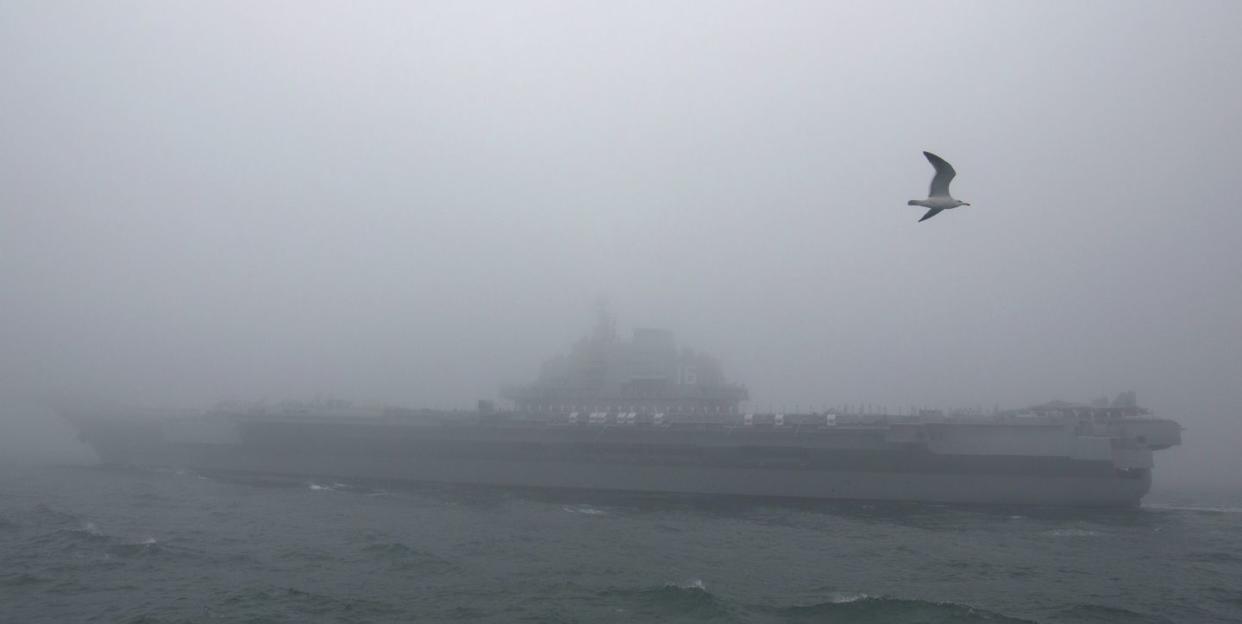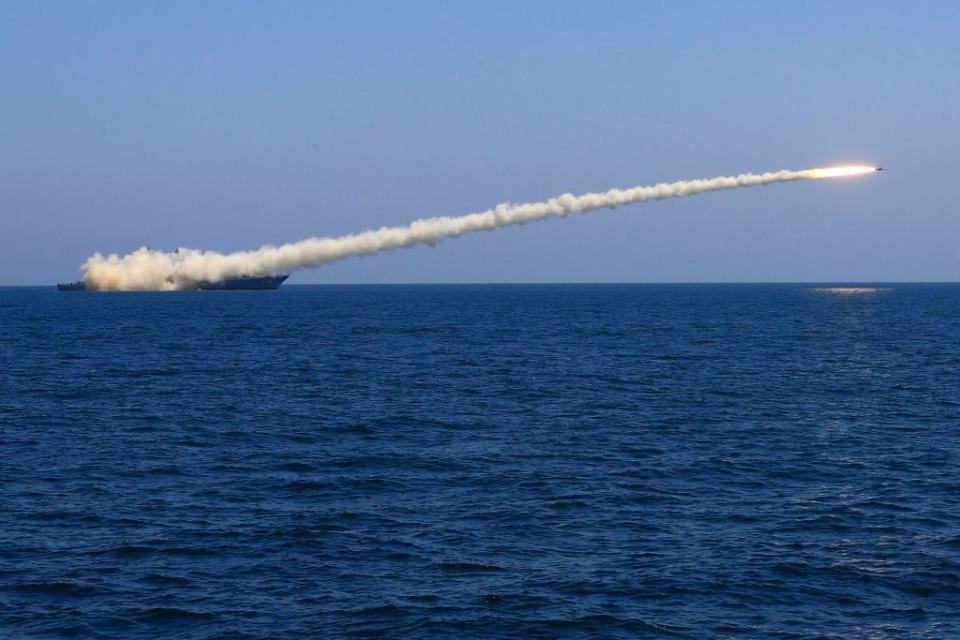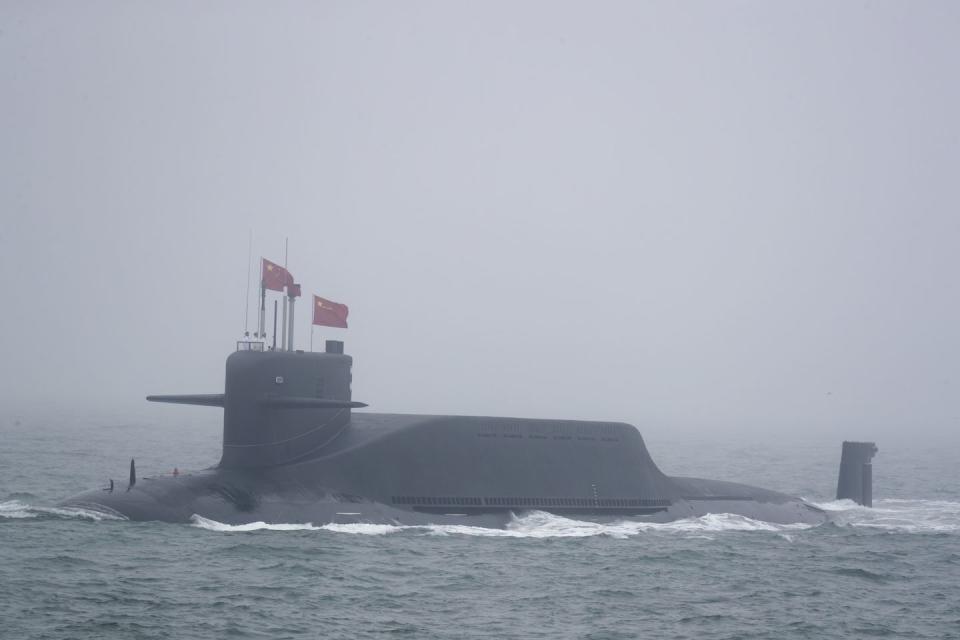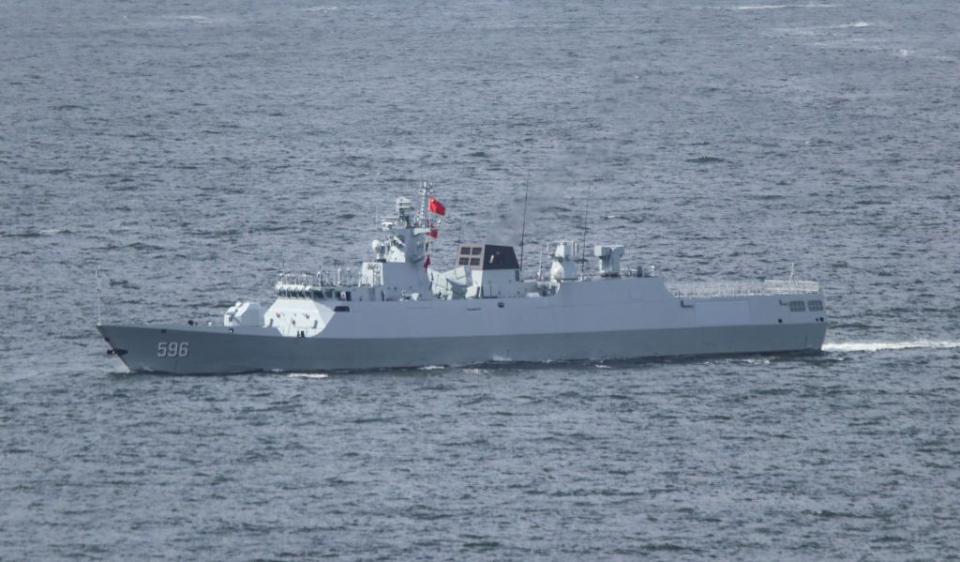China Now Has More Warships Than the U.S.

China now has more warships than the United States Navy. The People’s Liberation Army Navy (PLAN), informally known as the Chinese Navy, recently hit a landmark number of 300 ships-thirteen more than the U.S. Navy.
Although admittedly imposing, the number doesn’t tell the whole story. America’s fleet is much larger on a ship-by-ship basis, including eleven nuclear-powered aircraft carriers and an almost equal number of amphibious assault ships.
The Center for Strategic and International Studies’ ChinaPower project has uploaded an analysis of the PLAN versus the navies of several other regional countries and major powers. At 300 warship hulls, the PLAN is the largest navy in the world, counting aircraft carriers, cruisers, destroyers, frigates, corvettes, submarines, and amphibious assault ships. The U.S. Navy trails at 287 hulls, Russia has 83 hulls, the U.K. 75 hulls, and Australia at 48 hulls. According to CSIS, the Chinese Navy has more ships than “Germany, India, Spain, and the United Kingdom” combined.

The bulk of Beijing’s Navy includes 23 destroyers, 59 frigates, and 37 corvettes, or a total of 119 surface ships. Under the surface China has 76 submarines, including ballistic missile submarines armed with long range nuclear missiles, nuclear-powered attack submarines, and diesel electric attack submarines.
As in most cases, the numbers are quite what they seem. The bulk of China’s naval buildup has been in the area of surface ships, many of which are not suitable for long range, expeditionary warfare. Corvettes such as the Jingdao-class Type 056, for example, are small, lightly armed ships useful only for showing the flag and hunting submarines off China’s coastline and in nearby seas.
The next ship up, the Jiangkai-II-class Type 054A frigate, is slightly larger but lacks the ability to contribute to the defense of a carrier battle group or a long-range punch. Those two ship types alone make up a third of China’s fleet.

The major problem with China’s naval buildup? China lacks the major power projection platforms essential to any navy destined to conduct long-range operations. China has just one carrier, and no amphibious assault ships capable of carrying helicopters and F-35 Joint Strike Fighter-class aircraft. It has no cruisers, a surface ship larger than a destroyer and, in the U.S. Navy, the principle ship designed to protect carriers and amphibious ships from mass missile attack.
Although the U.S. Navy has thirteen fewer ships than the Chinese Navy, by total ship tonnage it actually outweighs the Chinese Navy by a considerable margin. America’s navy weighs roughly three million tons more than the China’s-an enormous advantage. The average U.S. warship is much, much larger than its Chinese counterpart, making them more capable in their assigned missions and capable of sailing far from home.

One reason for the U.S. Navy’s advantage: eleven nuclear-powered aircraft carriers, each of which weighs close to 100,000 tons fully loaded, giving the U.S. Navy a massive 1,000,000+ ton advantage. Then there are the Wasp and America-class amphibious assault ships, each of which displaces 40,000 tons, of which the U.S. has ten. The U.S. Navy also has 22 guided missile cruisers to China’s none, and the service’s guided missile destroyers are larger and generally more powerfully armed than their Chinese counterparts.
China’s hull superiority is no accident: it’s the result of a supercharged economy that allowed Beijing to increase defense spending by double digits for more than two decades. It’s also not over: China commissioned 18 warships in 2016 and 14 in 2017. (the U.S. commissioned 5 ships in 2016 and 8 ships in 2017.)
China is also putting the finishing touches on a second carrier, Type 002, and is simultaneously building two more Type 003 improved carriers. At least one Type 075 amphibious assault ship roughly equivalent to the Wasp and America-class ships is under construction. Finally, China is building at least four Renhai-class Type 055 warships, which the Pentagon classifies as guided missile cruisers. Not only is China poised to broaden its lead in hulls, it is also adding larger platform ships that gave the U.S. Navy its huge advantage.

Comparing the U.S. and Chinese navies is like comparing apples and oranges, but China is starting to build apples too, and at its current rate of naval construction, the country could have a fleet to match the U.S. Navy in a few decades.
China’s military is expected to peak somewhere around 2030, as the country’s population ages and its economy slows. Still, at 2017 levels the country will build another 154 warships. What kind of ships China builds and how large its fleet ultimately becomes could determine the balance of power in the Pacific.
('You Might Also Like',)

